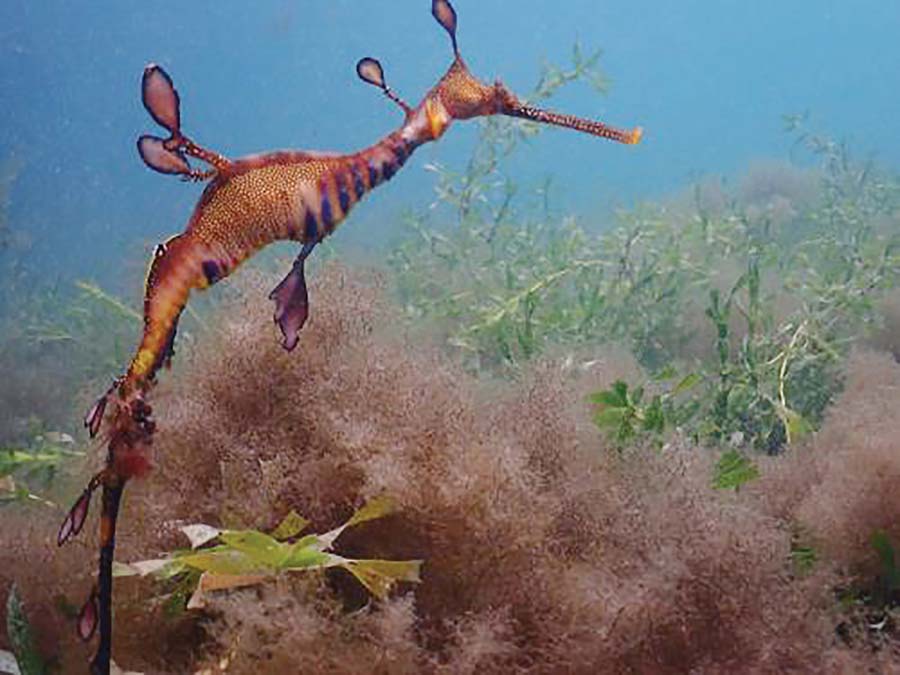PARKS Victoria says that a scientific study has found that the effect on weedy seadragons by works to demolish part of Flinders pier “would be localised and temporary”.
The report commissioned by Parks by environmental marine biology consultants CEE, examined the marine ecosystem at the pier, mapping habitat and marine life, and identifying potential impacts from removing the “unsafe” 180-metres of timber pier.
Parks says the report shows removing the timber piles and deck “is unlikely to impact the population of weedy seadragons at a state, regional or local level and that any minor, temporary disturbances can be managed”.
Parks Victoria’s marine and maritime regional director Jo Richards said the report confirmed the “sensitive marine values” of Western Port “can be achieved”.

“We are reassured by the report findings that with careful management, scheduling of works and the development of a construction environmental management plan, the proposed works can go ahead without any significant impact to the marine ecosystem and the local weedy seadragon population,” she said.
“Flinders Pier is an important snorkelling and diving destination, and it will continue to be a great location for seeing the iconic weedy seadragons up close.”
The decision by Parks to demolish the timber section of the pier has been delayed while it is assessed for inclusion on the Victorian Heritage Register (“Heritage bid adds time for ageing pier” The News 7/7/21).
Parks last week released a statement saying the CEE report “has found the outer section of pier – which will remain in place – provides the most valuable marine habitat for seadragons, including extensive beds of sea nymph seagrass”.
“This habitat [highly suitable for seadragons] is widespread along the coast between Flinders and Balnarring but also occurs alongside the pier, and to a much lesser extent due to shading, under the pier from the middle to outer sections,” Parks stated.
“However, with work planned for the inner section of the pier away from the main weedy seadragon habitat, the effect on the abundance, behaviour and movement of this species is expected to be negligible.”
Parks expected minor impact on “resilient and common marine life” living on the inshore flat sandy seabed and piles which would “recolonise over time”.
The Flinders Pier Marine Ecology and Pier Removal Impact Assessment Report can be viewed at www.parks.vic.gov.au/projects.
First published in the Western Port News – 22 September 2021